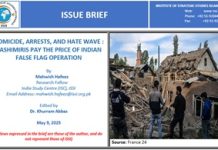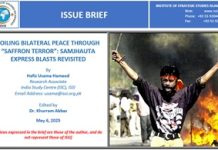Women have always been an active component of the Kashmiri society. Much of their political, social, educational and professional growth has seen a steady increase over the years. Most of it can be attributed to the norms of the Kashmiri society which encourages women’s participation and empowerment. Historically women in Jammu and Kashmir had an elevated status and exerted ample influence for the uplift and improvement of the Kashmiri society. Even under the worst conditions, there were outstanding women who played a distinguished role in administrative and public affairs, owned lands and managed their own estates. Under the Muslim rule in Jammu and Kashmir since the 14th century, women exercised that influence in day-to-day affairs of the state. During the rule of Sultan Hiader Shah (1470-1472), his wife Gul Khatun made a mark in society and showed deep affection for people and admiration for indigenous culture. Queen Hayat Khatun, under the reign of Hassan Shah (1472-1484), took great interest in education and established schools at their own expense. Queen Haba Khatun also known as “Nightingale of Kashmir”, who was originally a peasant girl before marrying King Yousuf Shah (1579-1586), became a mystic poetess of 16th century. She is part of Kashmiri folk literature and is famous for introducing the melody of rast rag in Kashmiri.
© Design & Developed by RAR Multibiz Services Pvt. Ltd.















